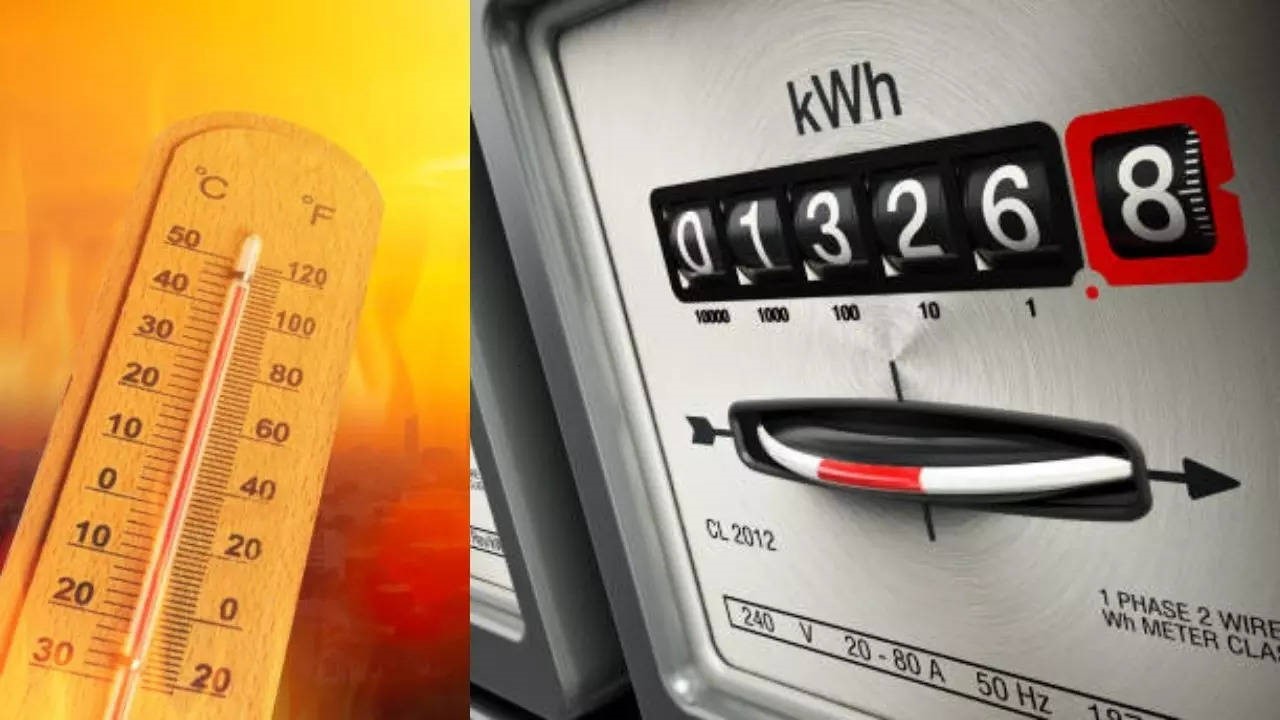The Northern region is currently facing numerous challenges in electricity demand during this year’s dry season, especially due to the forecasted significant increase and supply pressure during the most critical period from May to July. Forecasts from the National Power Dispatch Center indicate a 13% surge in demand, far exceeding initial projections.

The primary reason for this surge is the increased electricity usage in tropical climates and the early onset of heatwaves. This poses a significant challenge in balancing electricity supply, particularly as water flow shows signs of decline, impacting the operation of hydroelectric plants.
A recent report by A0 forecasts that during the dry season peak (April to July), the highest electricity capacity demand in the Northern region could reach 27,481 MW, a 17% increase compared to the operational record of the same period in 2023. Meanwhile, the total electricity production and importation for the Northern grid during this period is only expected to increase by 10% compared to the same period last year, reaching approximately 52.3 billion kWh.
To cope with this situation measures such as increasing the utilization of the most expensive electricity sources like diesel-generated power, promoting liquefied natural gas usage, and optimizing the operation of small hydroelectric plants could be implemented. Additionally, experts emphasize the importance of controlling electricity consumption demand in each region, sector, and economic sector to flexibly and efficiently respond to changing demand conditions.
In 2023, electricity shortages led to temporary shutdowns of many domestic factories and industrial zones, resulting in worker layoffs, while residential areas experienced frequent power cuts. Will we witness similar electricity shortages this year, causing disruptions to the economy and upheaval in people’s lives?





